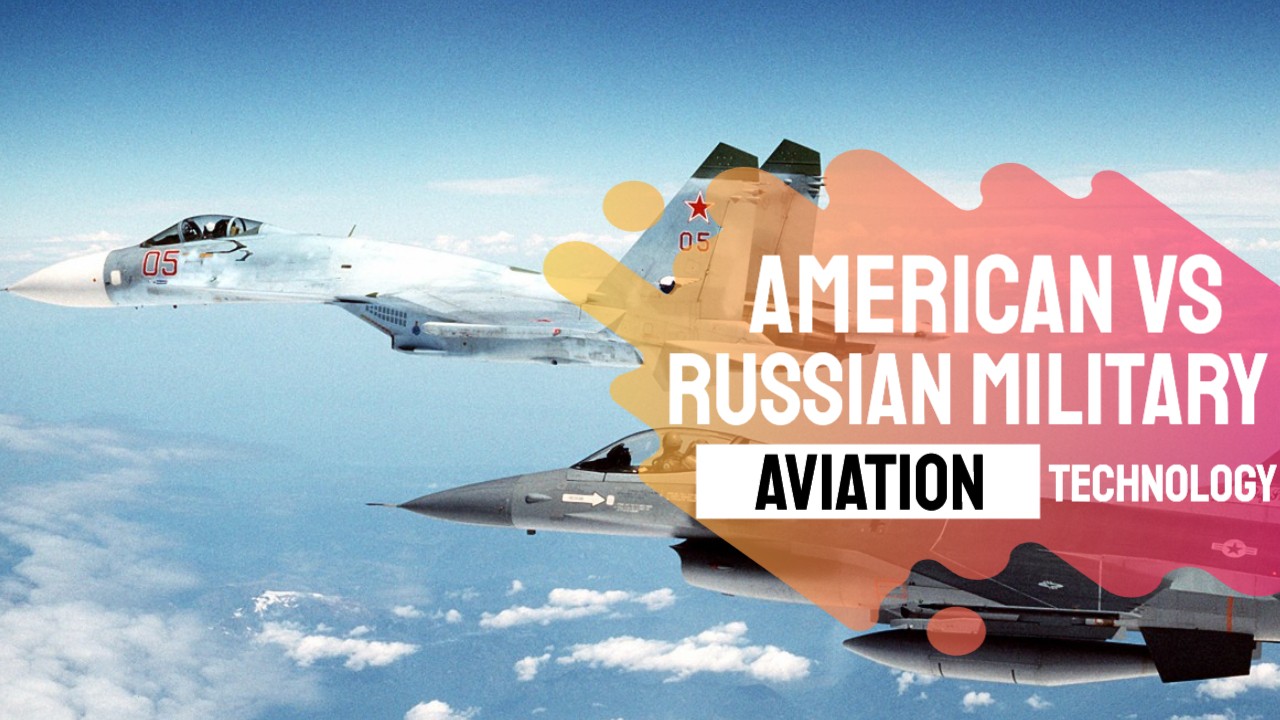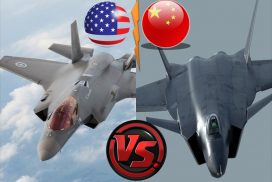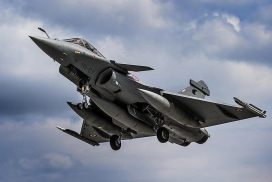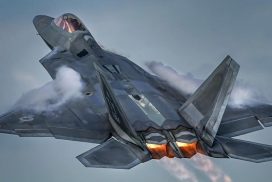The main difference of Military aviation technology is in the philosophy of these two countries: The United States seems to be “dedicated” to be able to gain supremacy over the battlefield. To be a good match with small advantages seems not to be an option – rather the military has one goal: to dominate.
Hence they are not very well suited in asymmetrical war, where it is literally not possible to dominate a situation (truth is, that no army in the world is suited well for this type of warfare) and the generals, the president and the public of the United States receive no understanding or have patience in this situation.
Despite Russia’s aggressiveness, the core philosophy is, that they will be able to deter a superpower like the USA – and that they supposed to have sufficient assets to hurt the other power so much, that it becomes “Undesirable” for the other nation, to involve Russia into a war. This obviously has made Russia a bully at times past, putting itself in situations against its usual philosophy.
When it comes to military aviation technology specifically, Russia has proved time and time again, that they come up with surprising solutions, which cost a fraction of the solutions of their American counterparts. The problem was, that these were always been “isolated” solutions.
The United States has been pragmatic and sometimes conservative in development of their planes. Especially after Vietnam, it hasn’t been on the wishlist of the United States Air Force (and the US Navy) to have the fastest plane – but always the most capable system and combination of systems. That makes the comparison of one aircraft to the other totally theoretical and meaningless, While the Russians continued to concentrate on speed.
Given that the developments (which were based almost always on the assumption which starkly overestimated Soviet/Russian capabilities) of the US has been substantial, the prospected dominance is pretty obvious. Other American aviation technology products might be a bit smarter than Russian designs – but doesn’t have the given implications (however still could benefit out of American technologies, if combat would be led by NATO, which involves the US).
It’s commonly considered that the Russian planes supposed to be more rugged. This is partially true since American runways need to be very clean while Russian runways are often in desolate states. However, it seems that in other cases, Russian designs can be even more delicate than the American aircraft. In Red Flag 2008, Su-30 MKI could not start in the “pack” as their engines overheated, while no other Western aircraft had the same problem. Also, American aircraft usually have a far longer life-cycle than Russian designs and the standards for maintenance are far more strict than Russian standards.




